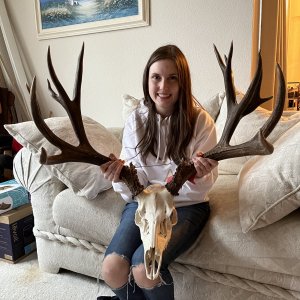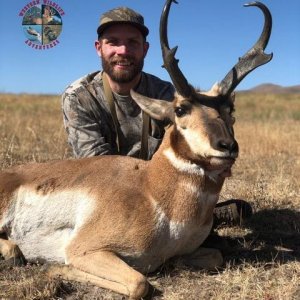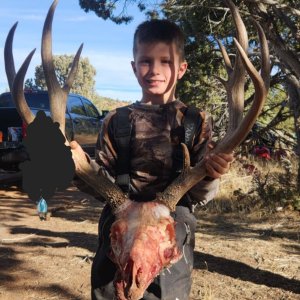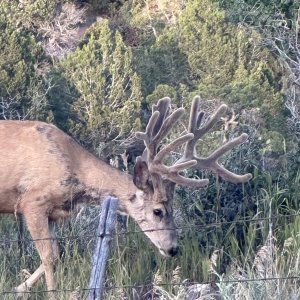huntnphool
Active Member
- Messages
- 296
I have read a lot of posts lately where some of you are confusing genetics with maturity. My intentions are not to belittle or disparage anyone on this list, nor sound condescending but I would like to point out a couple things.
Animals genetics are passed on from generation to generation regardless of the age they live to. I mean, are we to be led to believe that a monster bucks genes, take "Popeye" for example, can only be passed on from him after he reaches 8 years old? Or, that his genes for a large rack change from year to year because they have increased in size each of those years? No, actually his genes for that increadible rack would be ingrained in the very genes of his offspring from day one.
Here in Washington, our deer produce a lot of first year spikes. Thats not to say that they dont have the "genes" to reach Pope&Young or Boone&Crocket size, its just their genes are different from other area deer. Obviously there are other determining factors that shouldn't be over looked, minerals in the food, drought and so on, will help determine how large or fast a deers antlers will grow, but just because a deer is a spike his first year, doesn't mean that if you let him pass, he is never going to get a nice rack. You can be sure that Popeye sired offspring that were harvested before maturity. Its possible the hunter that harvested one of them looked at the rack and thought the same thing, "nice buck but he just didn't have the genetics to be a "Booner". If he only knew..............................rf
Animals genetics are passed on from generation to generation regardless of the age they live to. I mean, are we to be led to believe that a monster bucks genes, take "Popeye" for example, can only be passed on from him after he reaches 8 years old? Or, that his genes for a large rack change from year to year because they have increased in size each of those years? No, actually his genes for that increadible rack would be ingrained in the very genes of his offspring from day one.
Here in Washington, our deer produce a lot of first year spikes. Thats not to say that they dont have the "genes" to reach Pope&Young or Boone&Crocket size, its just their genes are different from other area deer. Obviously there are other determining factors that shouldn't be over looked, minerals in the food, drought and so on, will help determine how large or fast a deers antlers will grow, but just because a deer is a spike his first year, doesn't mean that if you let him pass, he is never going to get a nice rack. You can be sure that Popeye sired offspring that were harvested before maturity. Its possible the hunter that harvested one of them looked at the rack and thought the same thing, "nice buck but he just didn't have the genetics to be a "Booner". If he only knew..............................rf


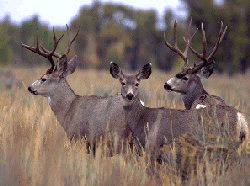
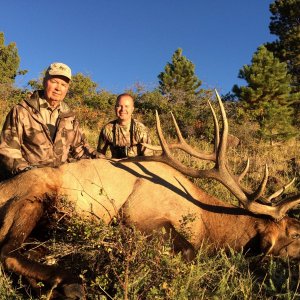
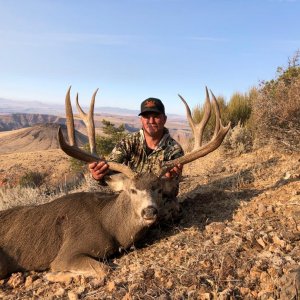
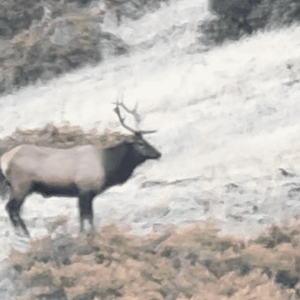
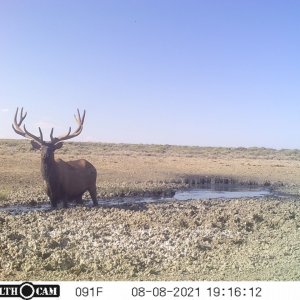
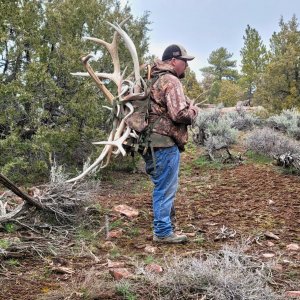
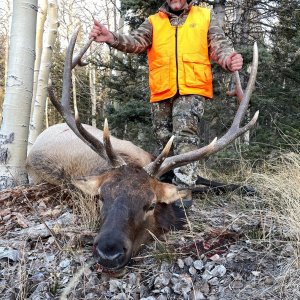
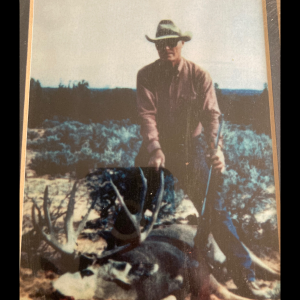
![[000134]Copy.jpg](/xf/data/xfmg/thumbnail/35/35435-3dca6ac4055d14b7c5d982fc32679332.jpg?1684979424)
